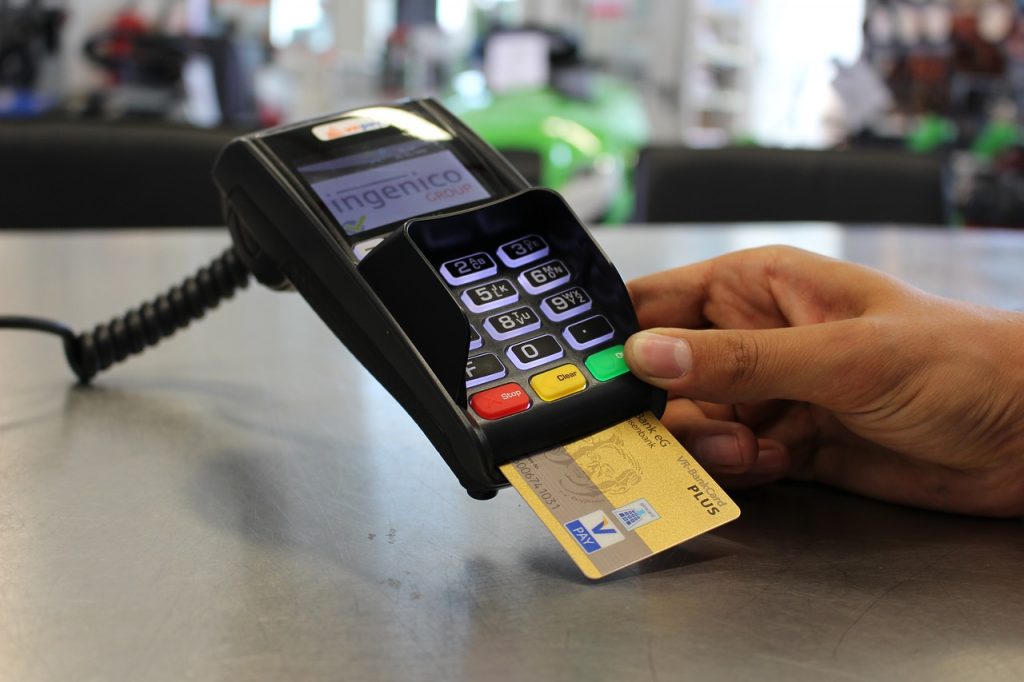Consumers are spending significantly less on their primary credit cards, says J.D. Power’s 2022 U.S. Credit Card Satisfaction Study.
Overall, credit card holders are allotting 42% of their monthly spending to their primary credit cards, down from 47% in 2021 and 2020, and down from 50% from 2019. That decline comes in spite of a year-over-year rise of five points, to 810, in J.D. Power’s consumer-satisfaction score for credit cards. Improvements by card issuers in service, more favorable credit card terms, and mobile and communication factors/subfactors are key reasons for the increase in satisfaction, the study says. J.D. Power’s scores are based on a 1,000-point scale.
One culprit for the decrease in card spending, the study says, is buy now, pay later loans, which offer consumers an alternative, and more flexible, financing method for purchases than credit cards.

One advantage of BNPL loans is that consumers can pay for purchases over a preset number of interest-free installments, which increases their purchase volumes. Indeed, 44% of credit card customers say they would consider other financing options, such as BNPL, flexible financing/installment loans, or personal loans when making large purchases, the study says. Of those payment options, BNPL is the most popular, with 28% of consumers saying they would consider a BNPL loan when making a large purchase. Reasonable fees and competitive interest rates are other factors helping drive consumer consideration of BNPL loans, J.D. Power says.
“Credit card issuers are doing a relatively good job of building strong customer relationships in a highly uncertain economic environment, but there are some very real concerns looming on the horizon,” John Cabell, director of banking and payments intelligence at J.D. Power, says in a prepared statement. “Chief among these is the declining share of spend going to primary credit cards.”
Despite recent spikes in travel and spending, cardholders generally have been taking a more cautious stance with credit card spend in the past five years. They are increasingly turning to other channels, such as debit cards, BNPL and even cash. Ironically, debit cards are often used to fund the installment payments involved in BNPL programs.
To offset the decline in spending on primary cards as the current economic cycle moves into its next stage, Cabell says it will be critical for card issuers to improve product value and increase support for financially stressed customers.
Current economic conditions have put more consumers under financial stress, with 57% of credit card holders now classified as financially unhealthy, up four percentage points from a year ago, J.D. Power says. In addition, 22% of consumers say they are worse off financially than they were last year, compared to 18% who said so a year ago, and 49% say they are carrying revolving debt on their primary cards, up from 43% in 2021.
Financial stress could make consumers more likely to reassess their credit choices. Just 31% of credit card customers feel their frequent purchases completely maximize their rewards earning. “As the economy tightens and new lending alternatives continue to emerge, it is an ideal time for customers to reevaluate their current card choices to ensure alignment between spending and rewards/benefits,” the study says.





